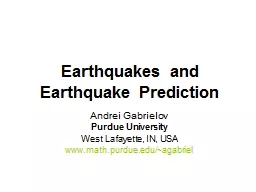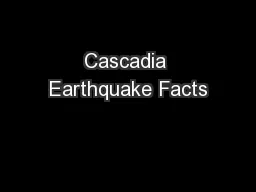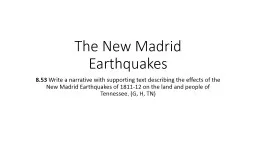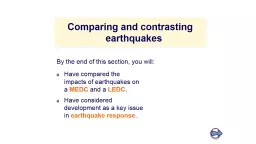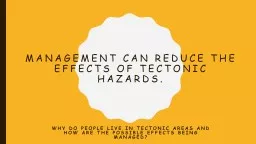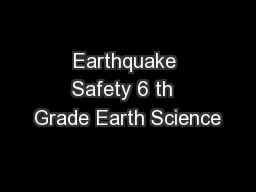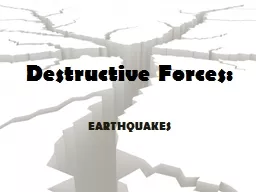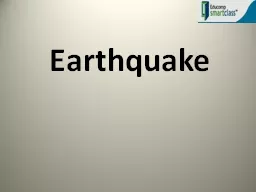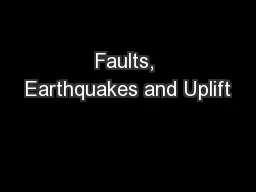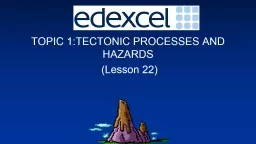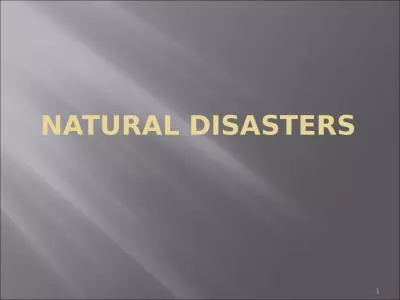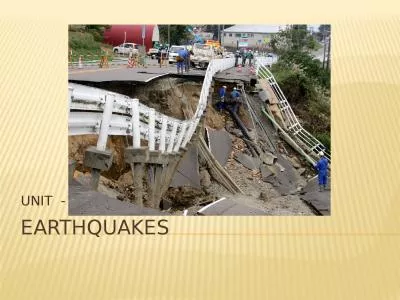PPT-Earthquakes and Earthquake Prediction
Author : lindy-dunigan | Published Date : 2016-03-31
Andrei Gabrielov Purdue University West Lafayette IN USA wwwmathpurdueeduagabriel San Francisco April 18 1906 Plate Tectonics Major tectonic plates and world seismicity
Presentation Embed Code
Download Presentation
Download Presentation The PPT/PDF document "Earthquakes and Earthquake Prediction" is the property of its rightful owner. Permission is granted to download and print the materials on this website for personal, non-commercial use only, and to display it on your personal computer provided you do not modify the materials and that you retain all copyright notices contained in the materials. By downloading content from our website, you accept the terms of this agreement.
Earthquakes and Earthquake Prediction: Transcript
Download Rules Of Document
"Earthquakes and Earthquake Prediction"The content belongs to its owner. You may download and print it for personal use, without modification, and keep all copyright notices. By downloading, you agree to these terms.
Related Documents

